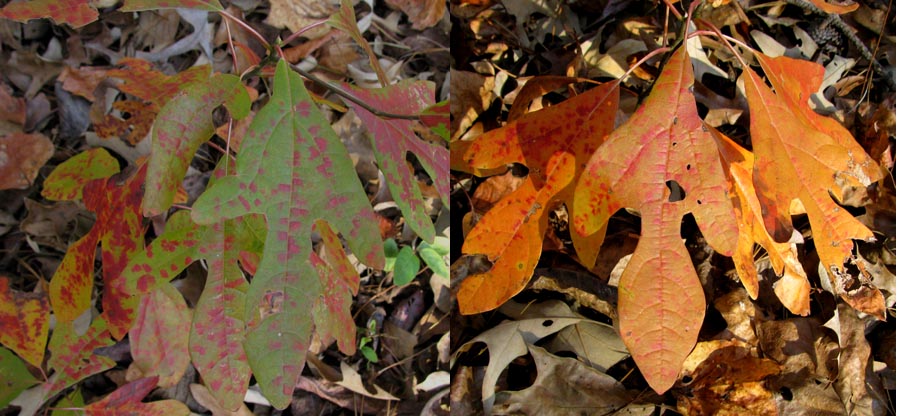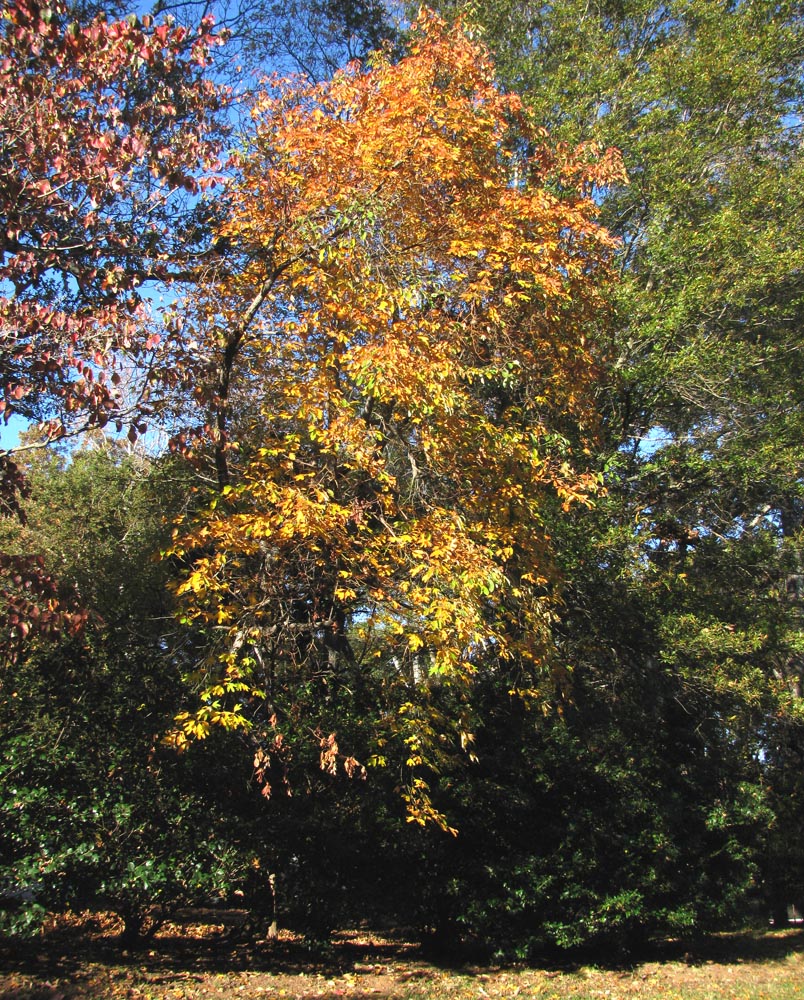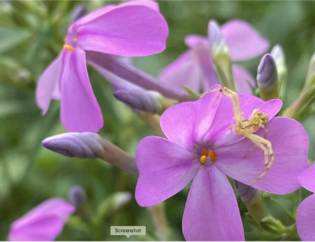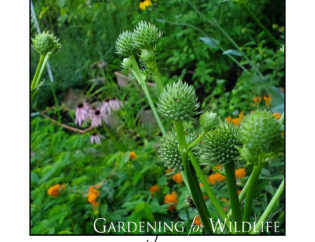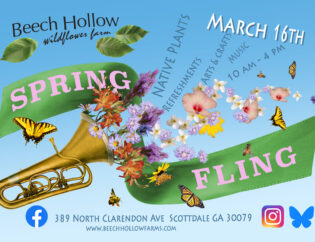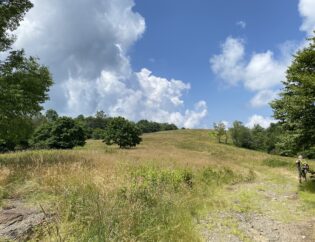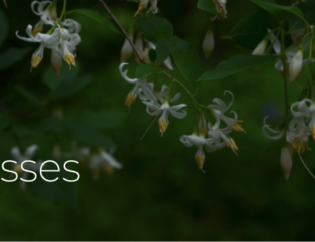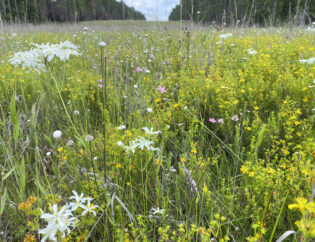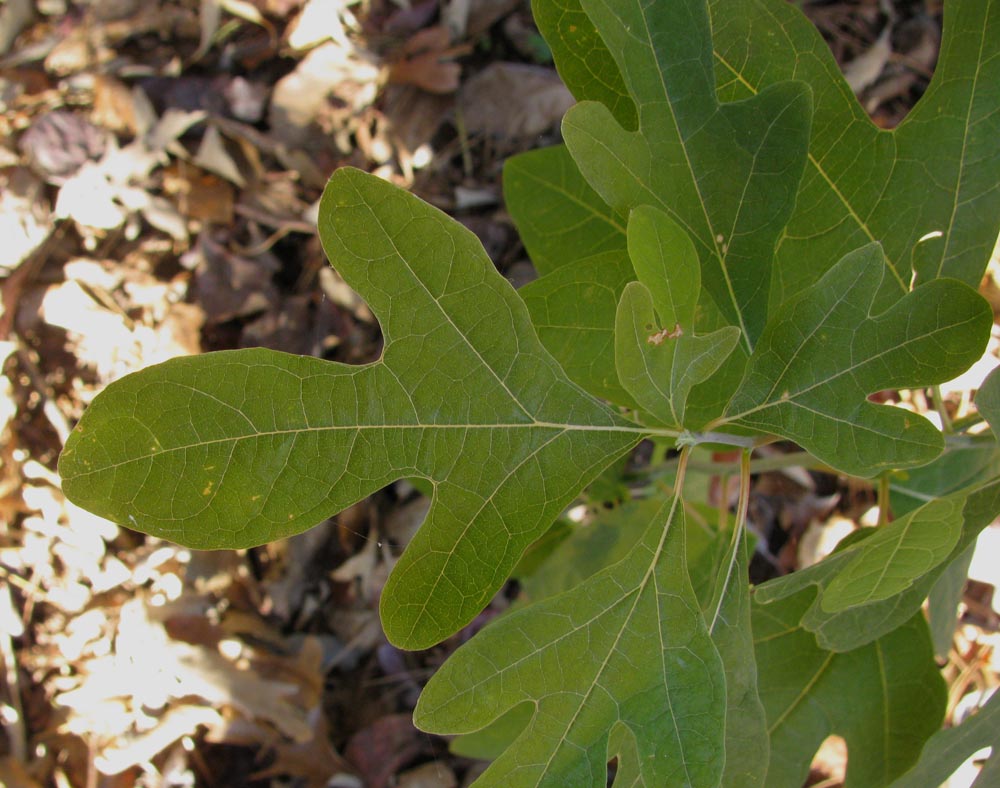
Sassafras albidum leaves are variable. This 3-lobed shape is most recognizable.
Laura who? Lauraceae is a plant family. Just in case you’re a little hazy on what that means… Most of us are familiar with the hierarchy we had to memorize in High School Biology class: Kingdom-Phylum-Class-Order-Family-Genus-Species. Some of the categories can be further subdivided, such as the ‘Family’ level, which can be divided into ‘Subfamilies,’ and some of these are even subdivided into ‘Tribes.’ The Latin names we use for plants on this site and our plant tags are just the Genus and Species, but the actual full scientific name would have at least seven words! When I type “Liatris spicata” (Blazing Star) that is actually shorthand for “Plantae Angiospermophyta Dicotyledoneae Asterales Asteraceae Liatris spicata.” So, when I say something is a plant family, I’m referring to that third step up the taxonomy ladder that ends with the suffix “-aceae.” Some plant families you might be familiar with are Asteraceae (Sunflowers, Coneflowers), Lamiaceae (Mints), Rosaceae (Roses, Apple Trees, Strawberries), Solanaceae (Tomatoes, Peppers, Eggplant, Tobacco) and Violaceae (Violets). The members of a plant family all share some common characteristics that were most likely inherited from a common ancestor. Recent advances in DNA analysis have lead to some minor and major regroupings in plant families, with many new genera and species created as the picture of how plants evolved has become clearer. 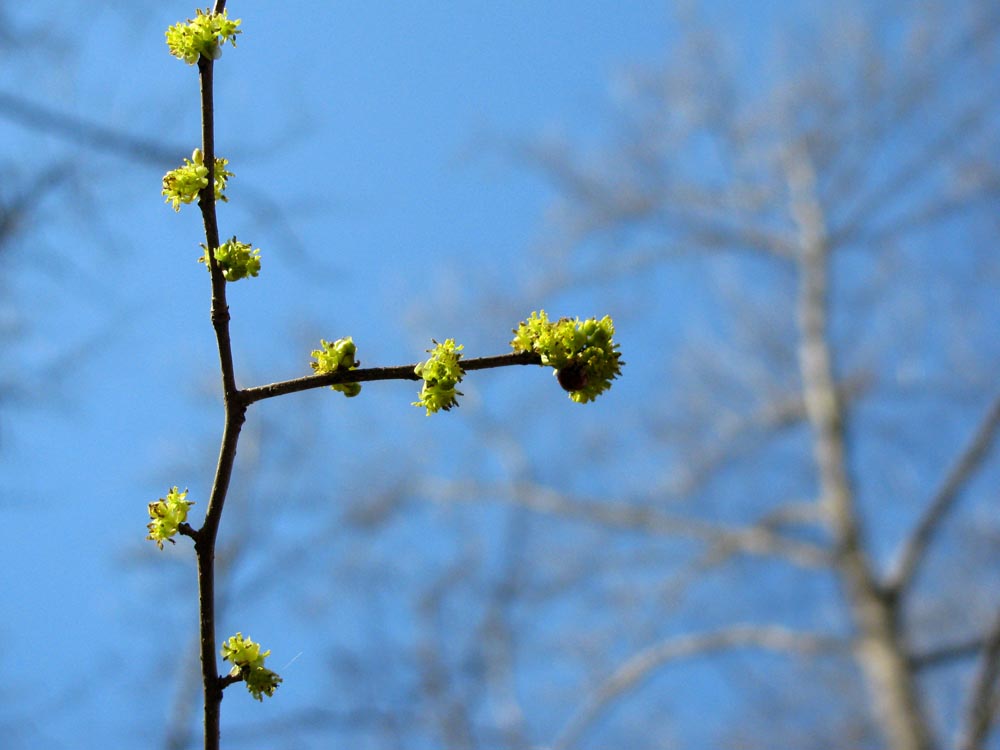
Spicebush (Lindera bezoin) flowers bloom in late winter/early spring before the leaves sprout.
Lauraceae is a medium sized plant family with most of the members adapted to life in cloud forests near the equator. South and Central America and Southeast Asia have the steep mountainous terrain and proximity to the Equatorial Pacific Ocean to produce cloudforests, and the majority of the species in the Lauraceae family reside there. Nearly all of the members are trees or woody shrubs that contain essential oils. Cinnnamon, Bay, Camphor, Avocado, Sassafras, and Spicebush are all in this family, and all have very distinct odors from the compounds in the oils they produce. The majority of this family also produce fleshy fruits with a single, relatively large, seed or pit in the center. These fruits are attached to the branches by a bowl-shaped “cap” much like an acorn on an oak.
Sassafras bark resembles that of a pine tree at first glance.
The last two on the above list, Sassafras (Sassafras albidum) and Spicebush (Lindera spp.) are Georgia natives and pretty unique for this family because they are deciduous. Sassafras roots have long been used in tinctures as a treatment for all manner of ailments, and as a flavoring for root beer. Spicebush leaves and twigs are used to make tea, and as a result of repotting many dozens of them I can tell you that their roots have a very pleasant aroma. Both Sassafras and Spicebush are dioecious, meaning that there are male and female plants, and both are required for the female plants to produce berries. These berries are important food sources for birds, especially migratory ones. The berries have a high fat content (think Avocados) and are great long-lasting fuel if you are flying to the other side of the planet.
Spicebush Swallowtail caterpillar on Spicebush leaf. Sassafras is also a host plant for these caterpillars.
One more fun fact about plant families: They often host specific families of butterfly and moth caterpillars. These organisms have co-evolved in the arms race between plants and their insect predators. Specific caterpillars adapt new ways of breaking down and deriving nutrients from the very oils and volatile compounds that the plants began producing as a means to repel hungry leaf-eaters. Many caterpillars actually incorporate the compounds into their flesh, also as a means of deterring predators! Monarch caterpillars digest chemicals (cardiac glycosides) produced by milkweed that would stop the heart of most other animals. Spicebush Swallowtail caterpillars consume leaves that would probably have a turpentine-like taste to you and me. These relationships began many, many thousands of years ago, and continue to evolve to this day.
Sassafras tree turning brilliant colors between a dogwood and an oak.
You are now familiar with most of the local members of an entire plant family! Learning plant families is a great way to get a sense of the bigger picture of plant taxonomy. I first read about it in the book “Botany in a Day” by Thomas J. Elphel, and I highly recommend it to anyone that wants to learn more about plants. I still learn things every time I open it up, and I’ve had my copy for about 5 years. CLICK HERE to go to Elphel’s website where you’ll find lots of web resources and the links to buy his book if you wish.
Sassafras trees are turning beautiful colors right now, so keep an eye out for those distinctive leaves. I just “discovered” several trees around my neighborhood that I had never noticed before. Are there any on your street?